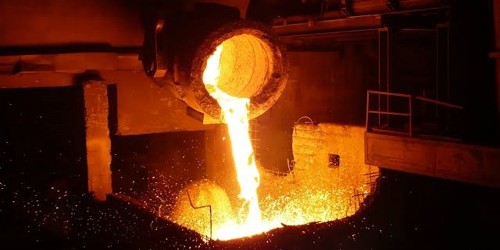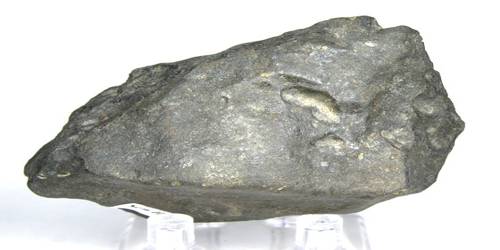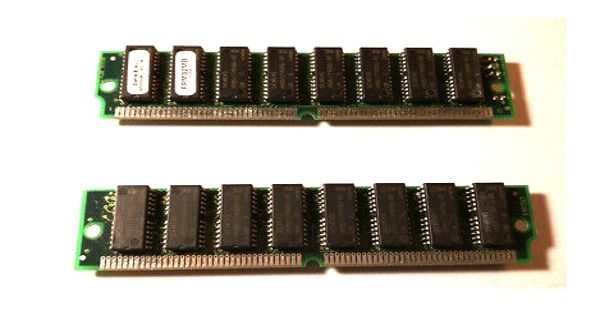Metallurgy is the study of metals. Alloys (mixtures of metals) are also studied. People who study or work with metals are called metallurgists. It is one of the most important branches of engineering as modern applications nowadays require a material with high strength and low weight along with other factors. It customarily refers to commercial as opposed to laboratory methods.
Smelting
Ores are rocks that have a chemical compound of a metal with oxygen, called an oxide. Separating the oxygen from the metal is called smelting. This is done with chemistry or electricity, usually at very high temperatures. This is the first step in metallurgy. A rock containing enough metal to be profitable is called ore.
Metal parts
Another part of metallurgy is making parts from metals. These parts must be made so they will not break when they are used. Metallurgists work to make the metal good when they are used. Sometimes the metal must be strong. Other times it must be tough. Physical properties of valuable materials can include density, particle size and shape, electrical and magnetic properties, and surface properties. The metallurgist must follow directions when making the part to know what metal to use. Steel has a low cost, but rusts. Choosing a good metal is sometimes hard.
Making metal parts
A metal starts as a block, called an ingot. Metallurgists must know how to make a metal part from an ingot. Parts are made from ingots in different ways. When a big hammer is used, it is called forging. To make thin metals, a metal is put between two rolls and moved, called rolling.
Making metal hot makes it easier to change the shape of a metal part. For this reason, most metal parts are made using hot metal. This is hot work.
How to know what to do to the metal
Metallurgical Engineers extract, refine and recycle metals. Metallurgists use many tools to know what to do to the metal. They solve problems such as reducing corrosion, maintaining heat levels and increasing the strength of the product. The most useful is the microscope. The microscope gives much information about the way the metal moves. This is the tension test. Some useful information can be gotten from this test. They help develop or improve metals that are used in healthcare, transportation, defense, and entertainment industry.
















